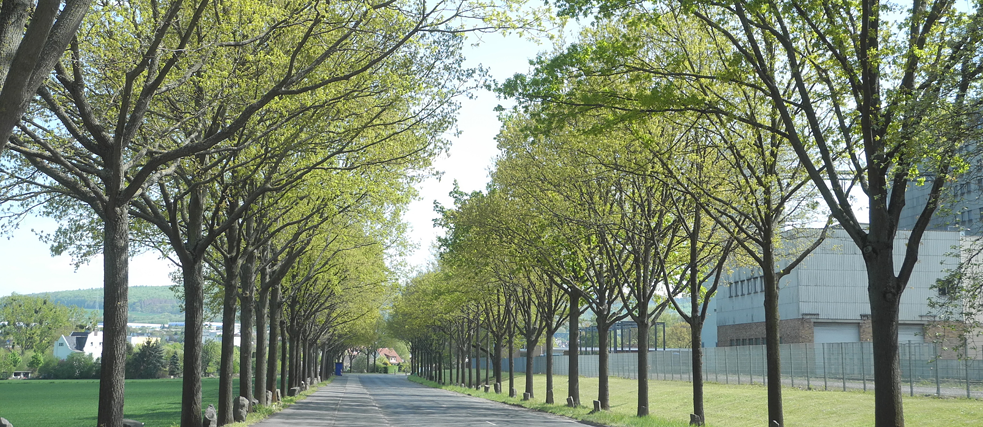Joseph Beuys and the Will to Act
What if chopping down a tree were tantamount to murder?

Joseph Beuys was a multi-faceted artist whose ideas still have an impact today. We talked to a Beuys expert, Eugen Blume, about the artist’s interventions to promote the environmental movement and show us humans that every one of us can take action.
By Lena Kronenbürger
Professor Blume, you’re a Beuys expert and co-head of the "beuys 2021" project with Catherine Nichols. What exactly are you "celebrating" this year besides the centenary of Joseph Beuys’s birth?
Basically, we’re not celebrating the heroic figure of Beuys, but discussing some of the unusual questions Beuys posed to society and trying to put them to the test in our present day and age.
Beuys lived from 1921 to 1986. Which of the social issues Beuys addressed during his lifetime are still with us today in France or Germany or even worldwide?
Towards the end of his life, Beuys cut loose from the museum scene to devote his energies to big social and environmental projects. He wanted to take an active part in the environmental movement, to take a stand and do some practical work instead of just theorizing.
One famous example of his practical work is his intervention for the documenta 7 in 1982: over the course of several years, Beuys, with the help of volunteers, planted 7000 acorns in Kassel. Would you say this was a way of putting into practice his famous dictum "Everyone is an artist" in the sense that anyone can plant a tree, so everyone can help shape political and social life?
Yes, definitely. As banal as it may sound, "Everyone is an artist" is incredibly profound. The first word is "everyone". That includes every human being on the planet, whatever their gender, skin colour or cultural background. People aren’t called upon to become artists, to develop into artists: they are artists. What does that mean? But if every human being is an artist, what does that really mean? It can’t possibly mean an artist in the conventional sense, i.e. someone who’s brilliant at drawing, writing or doing theatre. What it means is something every human being has inside them, namely the creative powers and potential to be creatively active. Beuys ties human beings and their ability to think into the creative process and the potential to act. He assumes that all human beings have these capacities, even if they often don’t even know they possess them. So we need to find a way to enable every human being to unlock this inner potential without any impediments.
The idea is to start taking action without waiting for someone to tell us to. A good modern-day example is Greta Thunberg, who has shown how far such an initiative can go.
Eugen Blume
Beuys had great faith not only in people, but also in nature, which he conceived of as a subject. This has already become a reality in a few countries, such as Ecuador, where nature is conceived of as a legal person and is granted rights on that basis. To what extent did Beuys address the question of what would happen if animals and nature itself were to be granted rights of their own?
Animals appeared in Beuys's work early on. In the 1950s, when he was still doing conventional sculptures and drawings, his works featured a whole menagerie of animals, especially deer and hares. But Beuys soon became convinced that these traditional forms and sculptures were no longer the right media to really make a difference. Which is why he went into teaching and politics. In 1967, he founded the "German Students’ Party", most of whose members were animals.
The fact that he regarded animals as regular members of a political party goes to show that very early on Beuys called for legal standing to be granted to all living beings, including animals and even plants.
Eugen Blume
You’ve curated Beuys exhibitions and you wrote your dissertation in college about the artist. What do you still find fascinating about him?
His idea that art is the only way of reforming society. At the time I thought to myself: My God, he must be a madman! But this way of using art to rethink society and the world has never left me since. Beuys remains an exceptional figure in this regard. No other artist has pushed the boundaries as far as he has.
About the interviewee
Professor Blume served as the director of the Nationalgalerie at the Hamburger Bahnhof – Museum für Gegenwart – in Berlin till 2016. He is now curator of the Marx Collection and honorary professor at the Braunschweig Art Academy. He is the current head of the beuys 2021 project of the State of North Rhine-Westphalia in association with Heinrich Heine University in Düsseldorf.
